
Android's roots deepen in China with Zoom, Qualcomm agreement
China is the next great frontier for Android's expansion. Chinese telecommunications makers Huawei and ZTE have been incrementally expanding their global 3G Android smartphone portfolios, and Tuesday, Zoom Technologies said it will be joining the market next.
Qualcomm on Wednesday announced it had signed a WCDMA and TD-SCDMA licensing agreement with Chinese holding company Zoom Technologies. The two wireless standards are the most common 3G standards in China, and by licensing Qualcomm's technology, Zoom and its subsidiary Nollec Wireless will be able to create 3G subscriber equipment for China.

Never lose another game (file or settings) again
If you're an avid or occasional gamer, how many hours -- days, even -- of hard work and effort are locked up in your game save files? All those monsters defeated, puzzles solved and bonus levels attained are stored in a handful of files or Registry settings, which are as vulnerable as any other file or setting on your PC.
Most backup tools can, with a bit of research and hard work, be configured to back up the folders and settings of your favourite games, but a far easier solution is to use a dedicated free tool called GameSave Manager. It supports nearly 800 games, with more added regularly in the form of database updates. It's simply an essential download for any gamer.
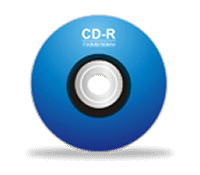
OSFMount turns most any disc image into a virtual drive
There are many tools around that will mount disc images as virtual drives, allowing you to browse them in Explorer without having to burn the image to a blank disc first. So news that PassMark Software has produced yet another may not, at first, appear too interesting. OSFMount isn't just another "me too" utility, though--it's an extremely useful tool with features that you won't find in most of the competition.
The good news starts with the program's wide support for many image standards. As well as mounting the usual ISO and BIN images, it can also work with IMG, DD, 00n, NRG, SDI, AFF, AFM, AFD, and even VMWare VMDK images, reportedly (although the latter didn't always work in our tests).

Twitter app developer may be creating rival microblogging service
A developer spurned by Twitter's new stance on third-party applications is developing a competitor to the trendy microblogging service, CNN reported on Wednesday. Ubermedia, creator of the popular UberSocial, Echofon and Twidroyd applications, hopes to address common criticisms of Twitter with the planned offering.
In March, Twitter told its developers that it would rather have developers present user's tweets in unique ways rather than just acting as another way to display their feeds. It also cut access to several applications -- Twidroyd and UberSocial among them -- for various terms of service violations, although UberMedia later corrected the problems and was granted access once again.
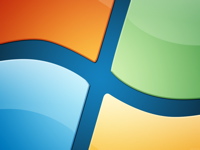
Is Windows out and Macintosh in among Silicon Valley's elite?
Microsoft is showing off pieces of the next version of Windows (we're all calling it Windows 8) but I'm wondering if anyone cares anymore about Windows in the tech enthusiast space.
Why do I say that?

Microsoft unveils 'Mango' -- next major Windows Phone version
Microsoft's MIX11 Day 2 is perhaps more important than the first. Today, Joe Belfiore took the keynote stage to discuss the next Windows Phone update, codename "Mango," which will be "available to all current users of Windows Phone" and on new handsets, he said. Developer tools are coming next month.
Microsoft plans to release Mango in autumn, adding support for 16 additional languages. The number of countries where Windows Phone apps can be submitted will increase from 30 to 36. Applications will be available to download or buy in more countries -- 25 up from 16.
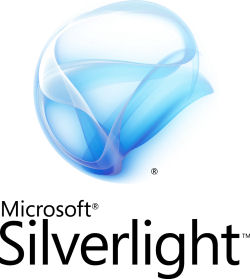
Silverlight 5 launches in beta
Silverlight 5, the latest version of Microsoft's rich internet media platform and framework is now available in beta for interested users to download and test at Silverlight.net.
Most of the features of Silverlight 5 were revealed back in December 2010 at Microsoft's Firestarter developer event, and totaled around 40 improvements or added features.
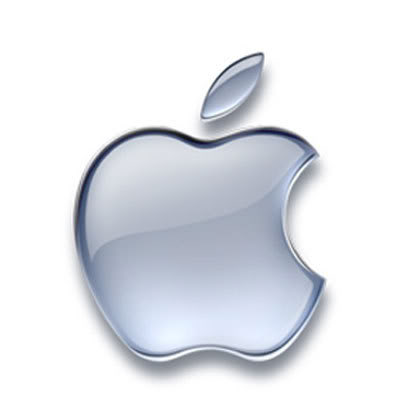
Apple's Final Cut Pro X, no longer 'hamstrung by 4GB of memory'
At NAB in Las Vegas, Apple gave the first sneak peek at the upcoming version of its professional video editing suite, Final Cut Pro X.
First and foremost among changes to Final Cut is the fact that it has been rebuilt as a 64-bit application.
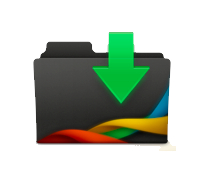
Microsoft releases Office 2011 SP1 for Macintosh
Microsoft has released the first Service Pack for Office for Mac 2011 yesterday. SP1 updates Office to version 14.1.0. It fixes a number of security problems and includes enhancements for the various applications in the office suite. The overall stability of Office for Mac 2011 is improved and refinements to performance and reliability help to make the suite more enjoyable to use.
Across the suite a bug that allowed attackers to inject malicious code into memory has been patched, and the ability to add alt text to shapes, images, movies and other objects has also been added. Excel users can benefit from the Solver analysis tools which can be used to run 'what if' scenarios with data, and various problems with pasting, conditional formatting, printing and page settings have been fixed.

Microsoft bulks up MSDN subscriptions with Azure services
Do you subscribe to Microsoft Developer Network? Then perhaps you received the same email as I got late yesterday.
"Effective immediately: Windows Azure benefits have been granted to Visual Studio 2010 Professional with MSDN subscribers. Windows Azure benefits have been expanded for Visual Studio 2010 Ultimate with MSDN and Visual Studio 2010 Premium with MSDN subscribers."

Google says it did not lie about government certification for Apps
Google found itself fending off criticisms from competitor Microsoft on Monday over whether or not its Google Apps product truly had an important government security clearance. Called the Federal Information Security Management Act (FISMA) standard, the Mountain View, Calif. company claimed on its webpage that the Government version of Apps had it. It didn't.
Instead, Google Apps Premier had the proper certification, while the more restrictive Government version was still in the process of getting FISMA certified. This is required by some government agencies in order to participate and win bids for any IT contract.
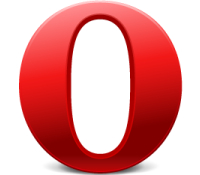
Opera 11.10 releases after about a month in beta
Less than one month after arriving in beta, Opera 11.10 has been given a final release. One standout feature is an overhaul of Opera's Turbo function, which is designed to speed up browsing on slow networks such as dial-up connections, 3G networks and crowded WiFi hotspots.
Opera Turbo, which works by reducing the size of the web page being requested before its sent to the browser, now uses Google's new WebP image format. This helps speed up browsing further while better maintaining the quality of the page's images after compression. Opera claims that in testing the changes introduced in version 11.10 produce pages that are 35 percent smaller and subsequently 15 percent quicker to load than before.
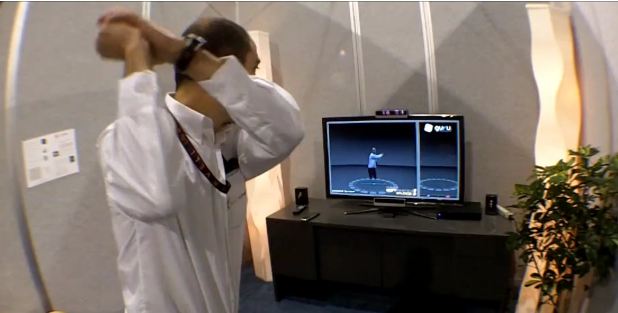
Khronos to open 3D gesture and touch tech to all PCs with new API
While Microsoft is expected to roll out the Kinect SDK beta at Mix 2011 this week, the Khronos Group announced it has begun work on a free and open standard for new input technologies that will include 3D cameras just like Kinect.
Khronos, the PC industry group best known for inventing OpenGL and WebGL, will create a platform agnostic, royalty-free standard for advanced input devices including everything from Kinect-like 3D cameras and motion sensors, to iPhone-like touchscreens and haptic devices.

Kaspersky TDSSKiller roots out rootkits
Rootkits are the ultimate in stealthy malware, burying themselves so deep into your system that they're often very hard to spot. If you're unlucky enough to encounter one then your antivirus package might detect it, but there are no guarantees, and so it may be wise to equip your PC with a second line of defence in Kaspersky's TDSSKiller.
As the name suggests, TDSSKiller is designed to target a few, specific threats (TDSS, Sinowal, Whistler, Phanta, Trup, Stoned). These can be very dangerous, though, so having another way to pick them up isn't going to hurt -- and the program can also detect hidden services, forged files, MBR changes and other suspicious signs that could indicate infection by a brand new rootkit.

Microsoft debuts IE10, announces PDC 2011 dates
The wait is over. Microsoft's MIX11 conference kicked off today in Las Vegas, with Dean Hachamovitch's opening keynote. Hachamovitch is a Microsoft corporate vice president and the man with a plan when it comes to Internet Explorer.
During MIX10, Hachamovitch debuted the IE9 platform, which got its official release last month. Today, along with Windows divisional president Steven Sinofksy, he debuted IE10 platform. "We're about three weeks into development of IE10," Hachamovitch said. Hachamovitch's clothing foreshadowed what was coming, about half-way through the keynote. He wore a T-Shirt with "Ten,", where the Internet Explorer logo replaced the "e." In another surprise move, Hachamovitch announced that an IE10 preview is available now at the Internet Explorer Test Drive website.